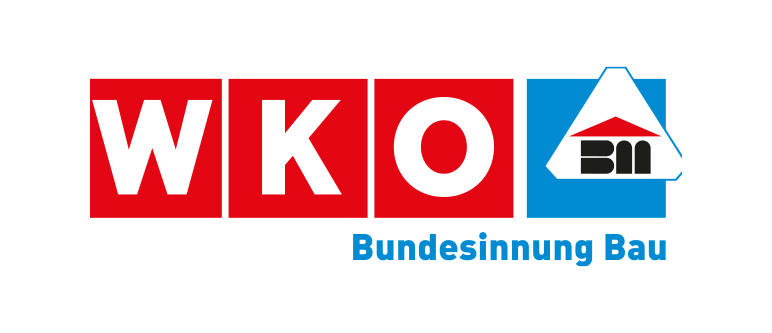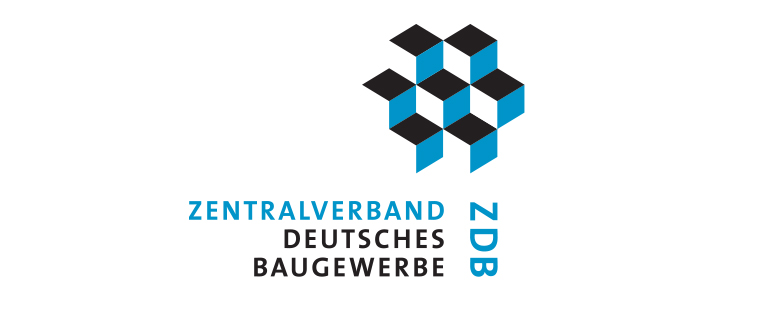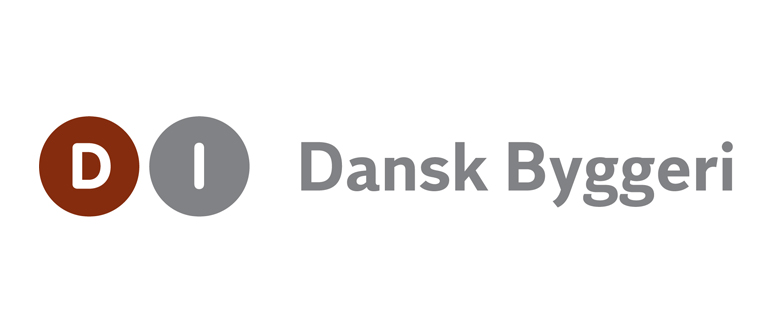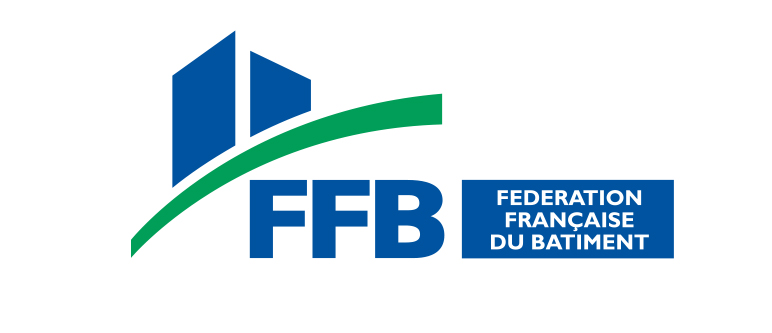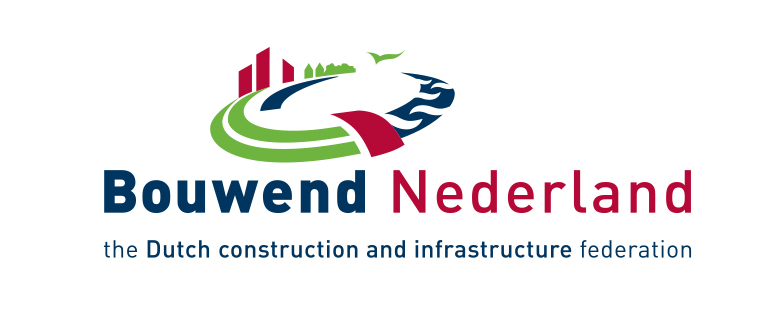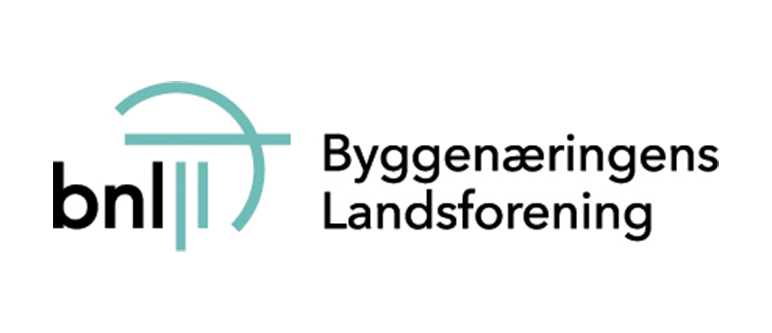General economic overview
The COVID-19 pandemic and the stringent measures imposed to contain its spread had a strong negative impact on the Slovenian economy, especially on services. Slovenia is expected to register a decline of 6.5% in GDP in 2020 - after six years of continuous growth. The situation in construction was much better than in other services such as catering, event organization, non-food businesses and personal services for consumers.
In 2020, the value of construction works increased by 1% in real terms. Building construction shrank by 3.5% with an increase of 14% in residential construction and a decrease of 10% in non-residential construction. Demand for residential construction was kept at a high level due to the fact that the purchasing power of the population remained high and interest rates low. The value of civil engineering works increased by 3% as the construction of some major transport infrastructure projects started. The short-term outlook remains very favorable for civil engineering and residential construction, but is less positive for non-residential construction.
Due to labour shortages in the sector, price pressures are increasing. Labour costs increased by more than 5 % in 2020. Average gross wages rose by 5.4% and net wages by 6.2% . The number of jobs increased by around 2% (+1,300).
In 2020, the number of building permits for residential buildings and the planned floor area both decreased by 9%. The bottom was reached in March and April 2020 when administrations were closed except for urgent matters. Orders in civil engineering rose by 23%, while they shrank by 10% in the non-residential segment.
Both lockdowns negatively affected the number of real estate transactions, but not the prices. Residential real estate prices are expected to increase by about 4.5% this year.
After a marginal increase in the value of construction works in 2020, an intensification is expected for 2021. Investment in construction by public and private investors will increase. Investment in public infrastructure will increase thanks to new infrastructure projects. Growth will be fueled by additional EU funding from the Recovery and Resilience Plan. Growth in residential buildings will also continue at a rate of 6% in 2021.
Housebuilding
In 2020, a 14% growth in the value of residential construction was recorded, the sixth consecutive year of intense growth. A high level of overall employment, solid savings of citizens and the availability of mortgage loans are driving the housing market despite continuously increasing housing prices. The growth in residential building is estimated at 10% for 2021.
GDP 2020
BILLION
POPULATION 2020
Total investment in construction in 2020
BILLION
Non-residential construction
In 2020, after three years of growth, a 10% decrease in the value of non-residential construction was registered. In 2021, a decline of 3% is expected due to persisting uncertainties among private investors. Individual constructions of non-residential buildings will be slightly delayed.
Civil engineering
In 2020, the value of civil engineering works experienced a slight decline after three years of growth. Part of the construction activity was also supported by EU funding. In 2021, the value of construction works in civil engineering is expected to grow by about 10%. Much is expected from the €2.1 billion grants allocated by the EU Recovery Fund as well as the Cohesion Funds and other financial instruments from the EU Multiannual Financial Framework. Growth will also be supported by the country's planned major construction projects (such as the second line Divača-Koper, other railway reconstructions and upgrades, the third development axis, the start of construction of the Mokrice hydropower plant, etc.).
| Per cent variation of investment in real terms on previous year | |||||||
| investment Mln. € fixed prices | |||||||
| Sectors | 2020a | 2017 | 2018 | 2019 | 2020a | 2021b | |
| 1. | Building | 837 | 30.6 | 28.3 | -30.0 | -4.5 | 1.6 |
| 1.1. Housebuilding | 303 | 23.1 | 22.1 | -22.9 | -4.4 | 12.0 | |
| 1.1.1. New | 167 | 49.3 | 24.3 | -27.4 | -4.7 | 14.8 | |
| 1.1.2. Renovation | 136 | -0.5 | 19.1 | -16.4 | -4.1 | 8.7 | |
| 1.2. Non residential (c) | 533 | 34.9 | 31.6 | -33.6 | -4.5 | -4.3 | |
| 1.2.1. Private | N/A | N/A | N/A | N/A | N/A | N/A | |
| 1.2.2. Public | N/A | N/A | N/A | N/A | N/A | N/A | |
| 2. | Civil Engineering | 1,232 | 10.4 | 17.3 | 14.0 | -4.4 | 3.5 |
| (1 + 2) | Total Construction | 2,068 | 19.7 | 22.9 | -9.1 | -4.4 | 2.7 |
| a: estimate - b: forecast - c: incl. R&M | |||||||
| Number of building permits in residential construction | |||||||
| 2017 | 2018 | 2019 | 2020a | 2021b | |||
| single dwelling | 2,540 | 2,610 | 2,412 | 2,158 | 2,250 | ||
| collective dwelling | 470 | 900 | 148 | 196 | 200 | ||
| other types of dwelling | 11 | 14 | 12 | 21 | 50 | ||
| Total | 3,021 | 3,524 | 2,572 | 2,375 | 2,500 | ||
| (Collective dwellings and other types of buildings: in number of flats) | |||||||




